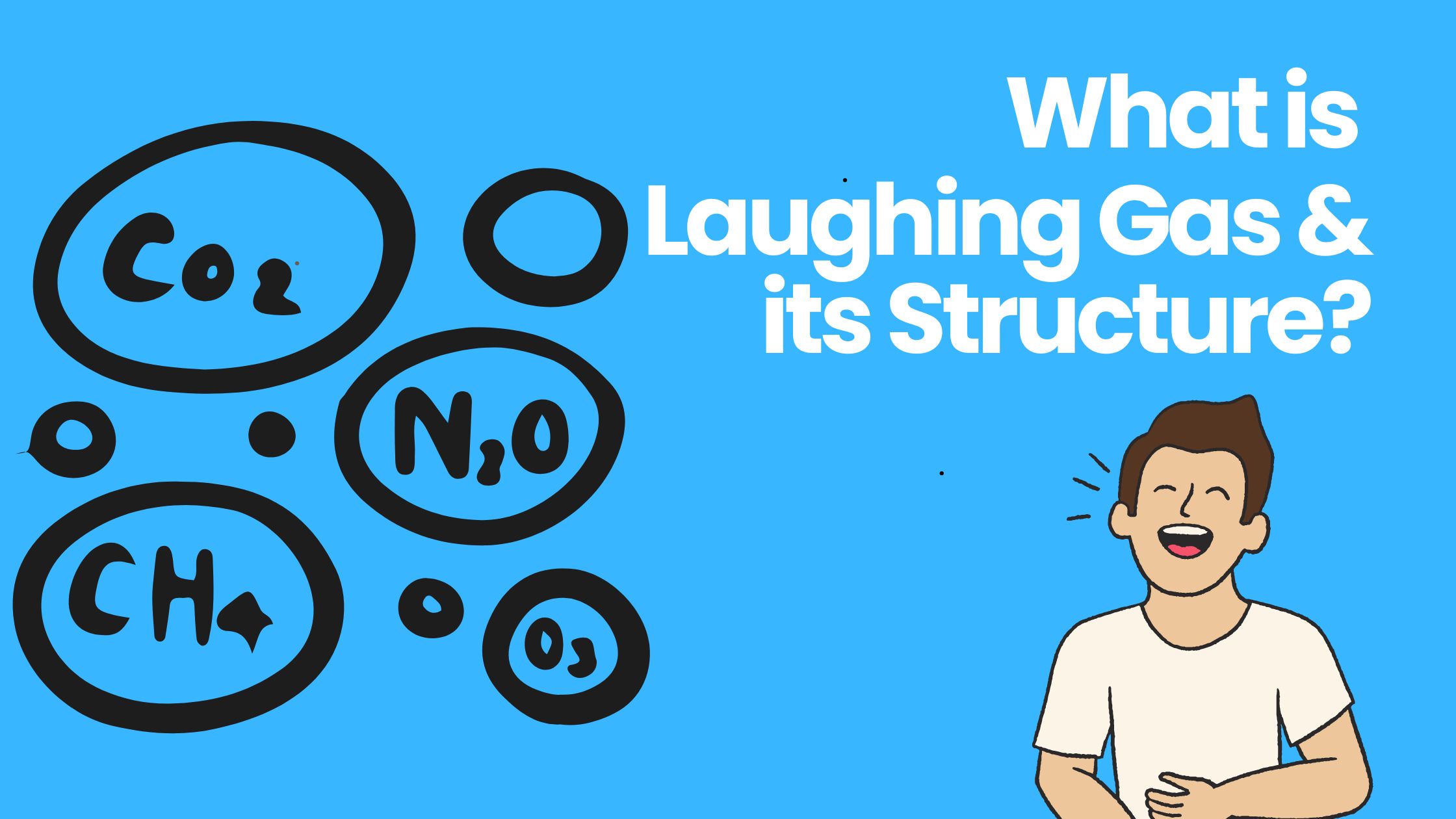
Laughing gas, also known as nitrous oxide or nitrous, has two main parts: its effects and its chemical structure.
Effects:
- Laughing gas is a gas with the chemical formula N₂O.
- It’s colorless and has a slightly sweet smell and taste.
- At low amounts, it can make you feel numb and reduce pain. It can also make you feel very happy or silly, which is why it’s called laughing gas.
- It used to be used for pain relief in dental work and surgeries, but not as much anymore because of its short effects and possible side effects.
Structure:
- Laughing gas is a simple molecule with a straight-line structure.
- It has a central nitrogen atom (N) with two oxygen atoms (O) bonded to it.
- This structure gives it the chemical formula N₂O.
Chemical Name:
- The formal name for laughing gas is dinitrogen monoxide, but people also call it nitrous oxide or just nitrous.
Safety Precautions:
- While laughing gas is safe in controlled medical settings, it can be dangerous if inhaled for fun.
- Risks include not getting enough oxygen, vitamin B12 deficiency, and even death.
That's why it's important to only use it when it's given by a doctor or dentist.
